The history of Slazenger is indeed a prestigious one for its close involvement with the development of the game, the growth of the major championships and links to the games champion players.
Slazenger UK began promoting sporting goods in the mid 1880′s adding a range of tennis, cricket and football equipment to their already successful military clothing business.
The Slazenger boxed tennis sets as per the “Wingfield” design were an immediate success given the growth of the sport around the country and joined leading UK competitors Grays, Ayres, Sykes and Gradidge in supplying tennis equipment into Australia. In fact, the owner of Slazengers, Captain Ralph Slazenger visited Australia in 1889 presumably to help establish distribution channels for their extensive range. He appointed PAIN & TAYLOR in Sydney as their sole agents.
Marketing was alive and well very early in the piece and manufacturers tied themselves to key players and promoted this by producing models with player names. The first two major Slazenger brands were the “Demon” and the “Renshaw” which was named after William Renshaw who won Wimbledon for 6 years straight from 1881 -1886 and again in 1889. With brother Ernest, the Renshaws put tennis on the map as a spectator sport in the UK and set the standards for other players to aspire to. The “Demon”, pictured on the left, was very popular and this fishtail version is very collectible as are others made under the supervision of master craftsman E.G.Meers with EGM incorporated within the branding.
Slazenger tennis balls commenced production at the Woolwich factory in 1877 but did not replace the Ayres tennis ball which was the official tennis ball at Wimbledon until 1902. Slazenger tennis balls have now been involved with Wimbledon for over 100 years.
After the Renshaws, competitive tennis moved internationally and Slazenger again sponsored two magnificent UK players in Reginald and Laurence Doherty with the named racquets, “The Doherty”. Laurence was the first overseas player to win the US Championships in 1903.
Along with many other English makers, Slazenger started exporting sporting goods to Australia and in the early 1900′s included some local brands called “Colonial” and Kangaroo” into their range. Maybe the photo under Australian racquets picturing a kangaroo is a Slazenger, but there are no identifiable markings to confirm this. In the 1920′s tennis in Australia was booming and local manufacture of tennis equipment was growing quickly not only with homegrown companies such as Chesterfield, Brewers and Alexanders but also with US giant Spalding who commenced production in 1925.
Slazenger decided to open an Australian factory to make racquets in November 1928 in Surry Hills, Sydney. The factory was opened by a Mr F.J. Tatro who arrived from Canada especially for the occasion. In 1930 they added cricket bat production and struck tragedy in May 1932 when a fire started in the ducoing room destroying thousands of racquets. Luckily machinery and papers were saved. In June, MD H.J.Parker must have run into some political storm with the NSW Government for he is quoted in the press as threatening to move the factory to Melbourne if the Lang Government were returned to power. In 1938, a new factory at Bowden Street, Alexandria became the primary manufacturing site for many years but was all but destroyed by the massive hail storm in the late 1990′s which caved the roof in under the massive weight of the hail stones.
Originally, the firm was owned by the UK Slazenger owners at the time, the McMaster Brothers who sold the business for a short while to the c1935 Managing Director David Blacklock and partner E.S.Wolverton. They eventually, sold the business back to Slazenger and a factory was also set up in New Zealand which survived from the 1950′s to early 1980′s producing its own designs.
Researching retail ads throughout the 1930′s and 1940′s competition was pretty fierce. Alexanders were very dominant and had Jack Crawford (1933 Wimbledon winner) as their endorsed player. But slowly, over this period the retail industry saw a huge reduction in imported tennis goods as the Australian industry proved it could turn out racquets of a high quality.This is not meant to say that importing was eliminated for companies could import designs from overseas as required. Dunlop were importing all of their stock and some of the UK Slazenger range, such as Fred Perry branded racquets were imported also.
The battle for market share, relied on four key platforms, product quality/ innovation,player endorsement, junior tennis and who had the most cash. Throughout the war, Slazenger produced a variety of non sporting items for the defence forces and as such became extremely well cashed up. This permitted them to undertake a variety of promotional projects on behalf of tennis associations such as the management of ticket sales to key events like the Davis Cup and even funding the construction of the massive temporary stands that were erected at White City and Kooyong to support the incredible demand for tickets.
In the 1930′s an Australian inventor, Harry Webeck came up with the idea of inserting mercury into a racquet handle so at the time of impact the weight of the racquet was enhanced behind the flight of the ball. Blacklock signed the deal, as much to keep the idea out of competitor hands. The product range was sub branded “Floating Power” and the key brands with this feature also included the DYNAMIC and the GYROFLOW. Recent discoveries show this invention was previously tried and marketed in a tennis racquet made in the UK in 1889. The racquet was called aptly, “The Mercury”.
Many players were employed by sporting goods companies as a way of assisting them to earn wages while questionably allowing them to retain amateur status to play in the tournaments. It was a fine line, because coaching was considered as being professional and many players left the amateur ranks to play professional tennis. Other countries not enjoying a local sporting manufacturing industry were at a disadvantage so this practice was often scrutinised by overseas tennis associations.
The big advantage for the tennis players was that by working for the sporting goods companies, they were able to play in exhibition matches around the country as part of so called “product promotions” while keeping their match fitness to peak levels for the major competitions.
Bill Sidwell, Australian Davis Cup player started at Slazenger in 1935 and has been a tremendous source of information for these early days.
A key sales development activity was to visit houses which had tennis courts and they would simply drop in a few sample tennis balls and promote racquets as well. Bill recalls that in Sydney in the well off suburbs nearly every second house had a tennis court.
Such was the competition that visiting tennis players arriving by ship were often sought out on embarkation for racquet endorsement deals while they played in Australia. One story we heard was that certain company reps managed to get onto a pilot boat, or such other, to meet a ship prior to docking so that all the players they had targeted were stitched up before the other companies had a chance.
The policy of targeting youngsters paid off also, particularly in the 1950′s for it was the era of Rosewall and others who came into the Davis Cup teams endorsing Slazenger from their very young days that helped keep Slazenger’s high public profile. Many such as John Newcombe were sponsored by Slazenger so that the players could fund trips to local and overseas events with the hope of becoming a good player. There were no other formal development programs for youngsters back then and so the manufacturers were investing in juniors for the good of the game and with eye on potential long term marketing.
 One of the earliest racquets we have from Slazenger Australia is very nice wood handled model called the Black Eagle (pictured) which has the famous “Best is Best” logo and Australia Limited on a decal.
One of the earliest racquets we have from Slazenger Australia is very nice wood handled model called the Black Eagle (pictured) which has the famous “Best is Best” logo and Australia Limited on a decal.
Prior to local production, Slazenger UK already had signed up Australian J.O.Anderson who played in many 1920′s Davis Cup and tournaments. The ad on the right is from 1927 for Melbourne retailer Myer’s. Other racquets available in 1929 included Primoris, Queen’s, I.Z., Renshaw, Doherty, Acme and Demon.
From a 1933 ad from retailer Overell’s in Queensland we learn of the Golden Eagle, Southern Sun, Premier and the Four Ace Models from 1934. There were often over 20 racquet brands produced each year, dictated not only by the manufacturers but by the retailers looking for exclusive lines. In 1931 in the UK, Slazenger acquired Gradidges and we have also seen a local Australian version of a Gradidge racquet, presumably made here by the Slazenger factory.
In 1939, from an MSD catalogue we learn of the Perry International and Perry Autograph models,Dynamic, Cavalier, Henri Cochet Personal Model, Doherty, Perry Recision, Renshaw, Eclipse, Player, Garrick, La Belle, all in oval shape and then semi flat top versions of the Perry Autograph, Dynamic,Cavalier,Eclipse and La Belle. As mentioned some of these may have been imported.
The Fred Perry range remained prominent from the early 1930′s to the early 1960′s. In the Book “Game, Set and Glory” (Bruce Matthews 1985) a story is told of how the
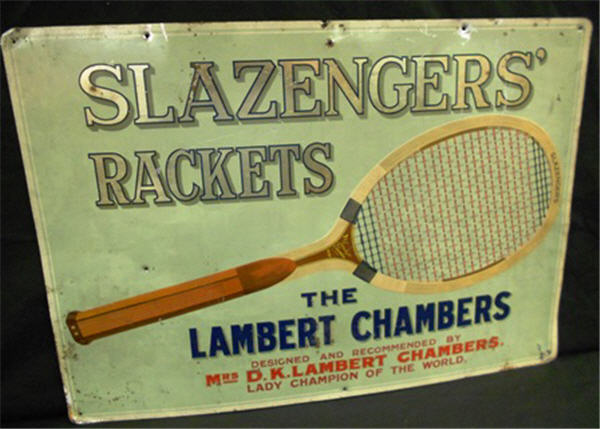 famous Fred Perry “All White” was created in Australia as a way of countering the interest in Jack Crawford’s Semi Flat Top Alexander racquet. When Perry was playing in the 1934 Australian Championships against Crawford, the then sales manager of Slazenger and Perry brainstormed some ideas over dinner prior to the match and struck upon the idea to paint Perry’s racquet all white. At 9:30pm they organised the Slazenger stringer back to the Sydney workshop to strip down and repaint one of Perry’s racquets. On the next day of the match, after warming up with a normal racquet,as play was about to commence the “All White” was removed much to the amazement of the crowd. Perry recalls the paint coming off and ending up on his face. This model went on to become of Slazengers top brands in 1937. He beat Crawford in this match.
famous Fred Perry “All White” was created in Australia as a way of countering the interest in Jack Crawford’s Semi Flat Top Alexander racquet. When Perry was playing in the 1934 Australian Championships against Crawford, the then sales manager of Slazenger and Perry brainstormed some ideas over dinner prior to the match and struck upon the idea to paint Perry’s racquet all white. At 9:30pm they organised the Slazenger stringer back to the Sydney workshop to strip down and repaint one of Perry’s racquets. On the next day of the match, after warming up with a normal racquet,as play was about to commence the “All White” was removed much to the amazement of the crowd. Perry recalls the paint coming off and ending up on his face. This model went on to become of Slazengers top brands in 1937. He beat Crawford in this match.
After the war the premium model became the “Challenge” made from imported Canadian Ash. Bill Sidwell used to travel over to Canada to instruct the mill on how to cut the logs in a particular way to prevent buckling. It took about 2 years before a raw log could be made into a racquet purely to allow the wood to season or mature, plus coming from Canada (cold to warm climates) the timber was given a further 3 months in storage here in Australia before reaching the machinery. Canadian Ash was considered the best in the World for making racquets and also Ice Hockey sticks. Slazenger Australia, used to bring out UK manufacturing experts who often ended up staying here so it wasn’t surprising to learn that the operation here was highly regarded and used to sell many thousands of racquets into the US, in part also, as an offset for the import licenses required to import the Canadian Ash. Jack Nicklaus wanted Slazenger Australia personnel to set up tennis/ golf production in the US such was his view on the production quality being achieved here.
The “Challenge” wooden racquets became the brand of choice for many club players through the late 50′s to the mid 1970′s and the name continued on into the Aluminium era.
Bill advised that one Challenge design was created by the famous Australian artist Constable which featured a rocket on the shaft. While the salesmen didn’t like it, MD David Blacklock made the call to run with the design and it became a best seller. While we will need to hunt down an example, space, stars and rockets were a feature on many designs along with other sub-names such as the Challenge Constellation given the public interest in the first space flights in the 1950′s through to the moon landing in 1969. We also recently found a Fred Perry “Laurel” racquet made in Australia, using Canadian Ash under the company called the Fred Perry Racquet Company (Melbourne), no doubt a Slazenger subsidiary.
In 1958/59, even after being reported as a corporate objective in 1927, Dunlop finally acquired and allowed Slazenger to run as an independent company. The company was at another peak. Between 1960 and 1973 a Dunlop Slazenger racquet won 80 of the 112 Grand Slam events, 38 of them to Slazenger due mainly to the Australians Margaret Court, Ken Rosewall, Roy Emerson, Neale Fraser and John Newcombe. This also explains why Dunlop was not as strong a brand in Australia, although Lew Hoad, Tony Roche and Rod Laver were signed with Dunlop. In it’s hey day, Slazenger was producing 500,000 racquets and 6,000,000 balls a year.
From newspaper research, it would appear that in 1968 production of Dunlop and Slazenger products was merged into the one factory.
Competition within the tennis equipment market became very fierce in the 1980′s as new entrants such as Head and Prince joined the market with new racquet production technology from steel, aluminium, fibreglass and graphite. Asia also became the production hot spot and price competitiveness eventually forced most companies to source from Taiwan and today China.
Production in Australia included Aluminium racquets under both Slazenger and Dunlop names.The factory ceased manufacturing racquets in the mid 1980′s.
The Slazenger brand remains well known within the tennis community, perhaps not so well in tennis racquets but their balls are still considered the best in the marketplace.
The pictures below show a range of Slazenger product sold here, however not all were produced here.
Thanks also to Bill Sidwell and Cedric Mason for providing some valuable information about their days at Slazenger.
The following factory shots are take in 1930.
In the mid 1920′s Slazenger produced a couple of Australian Champion player signature models, indeed who were also great rivals at the time. Gerald Patterson, twice Wimbledon winner (1919, 1922) and J.O.Anderson, Australian Champion and Davis Cup Player featured on these Slazenger wood grip models. J.O.Anderson also ran a sports store and subsequently had signature/photo racquets with Alexander, Chesterfield and his own brand. Patterson went onto become the MD at Spalding in 1925.
Slazenger Demon name & logo revived in the 1940′s
Colourful graphics with wrappings were preferred by players and Australian designers led the
The famous 1930′s-1940′s Slazenger All White created by Fred Perry at the Slazenger NSW factory in 1934 then produced elsewhere for about 8 years. Fred won Wimbledon with this
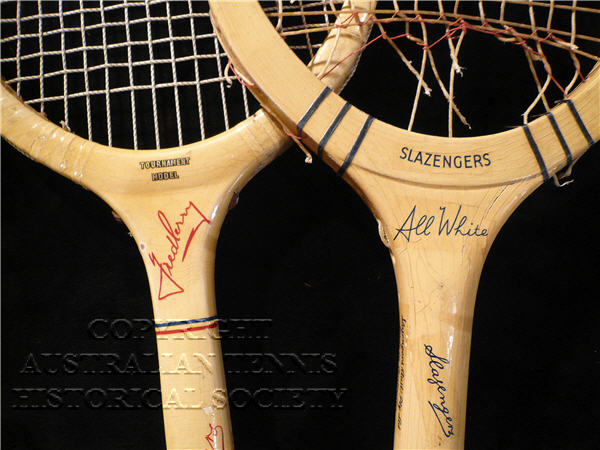
Another famous brand of Slazenger which started with the English Champions Willie and Ernest Renshaw in the 1880′s.They became the first “publicly” recognised champions. Slazenger produced Renshaw racquets from this time and this Australian made model demonstrates the desire to maintain branding over a long period. c late 1930′s early 1940′s model from 1934-1936.
In 1938, visiting player Dorothy “Do Do” Bundy became the first USA woman to win the Australian Championships. This Fred Perry model may well be her personal racquet.
Around 1932 the flat top craze returned to Australia with most companies producing both oval and semi flat top models.
Design innovation also included looking at ways to reinforce the shoulders.
The Silver Arrow featured additional wood work to create an arrow or spear like shape in the throat.
The aerodynamic Streamline was throughout tapered like a tear drop so that one side was wind resistant and the other flatter.
Design innovation also included the mercury filled tube balance adjustment idea, called Floating Power.
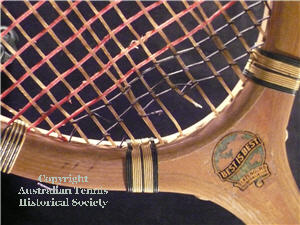
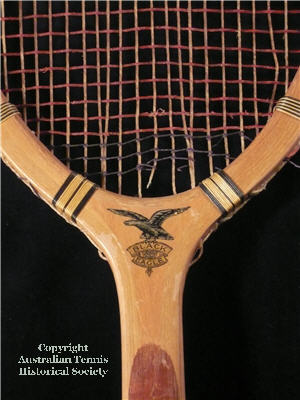

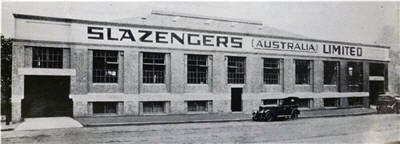
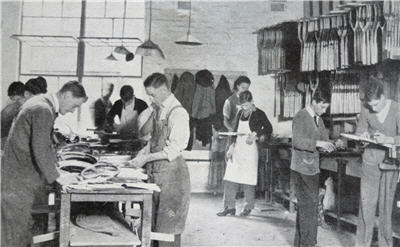
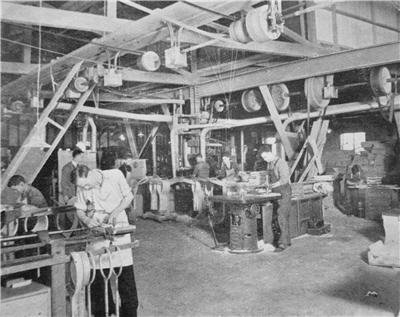
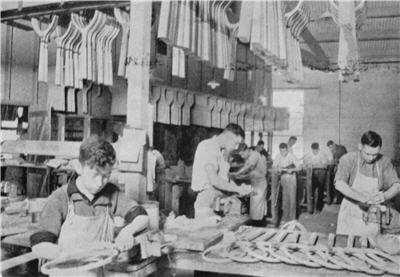

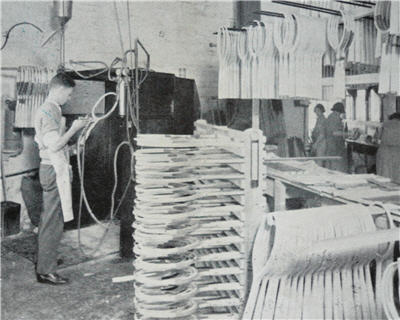



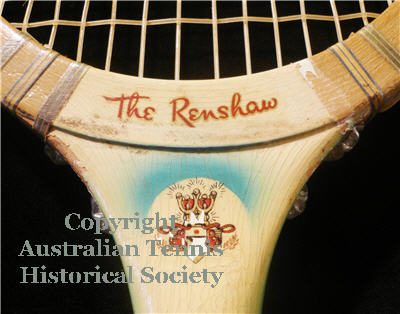
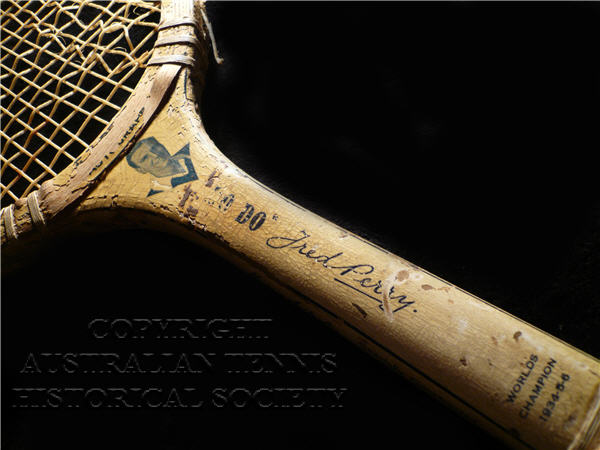


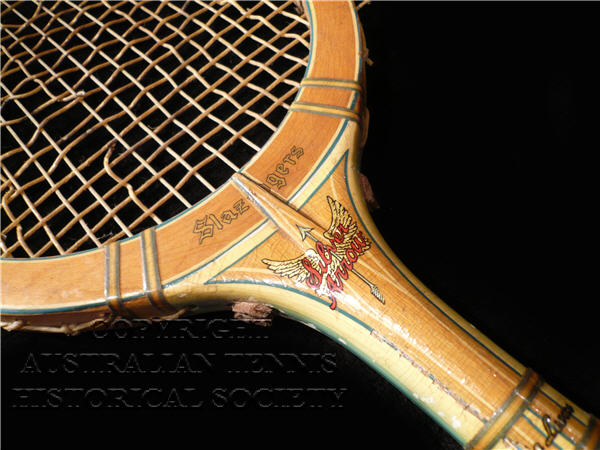
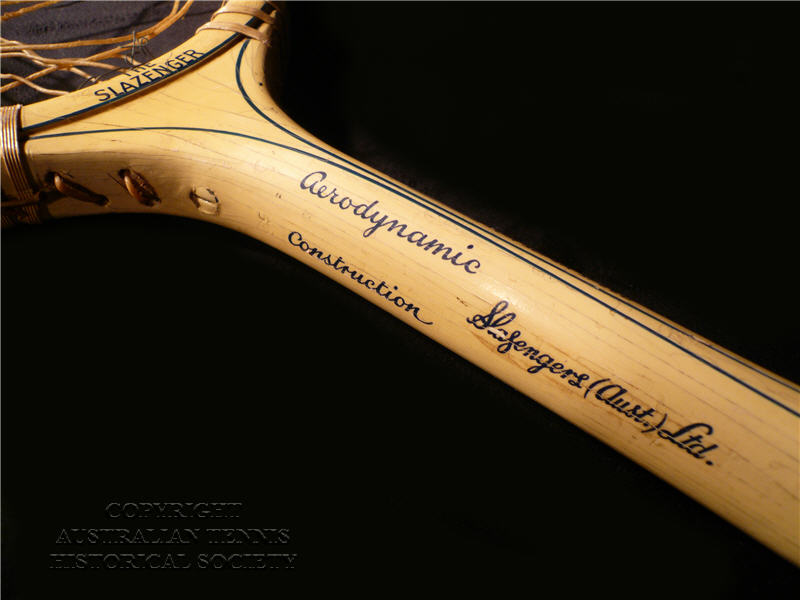




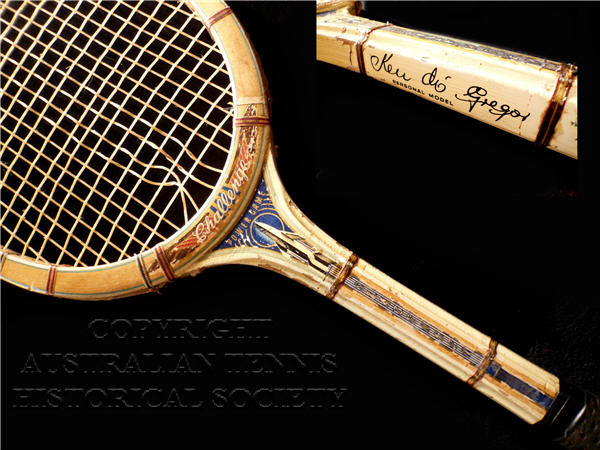

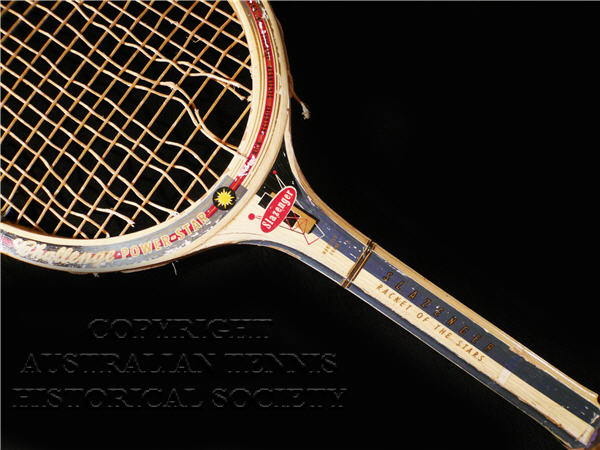
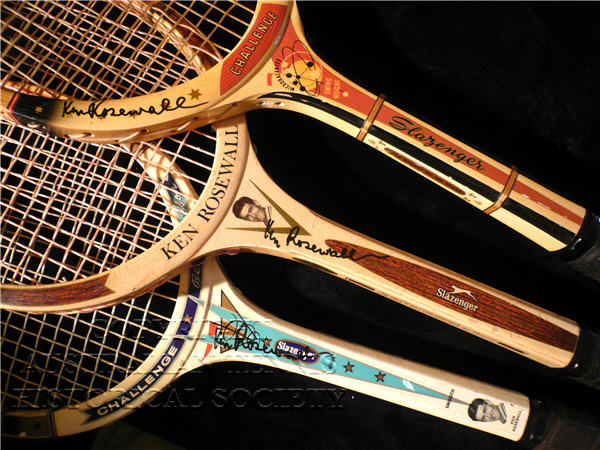
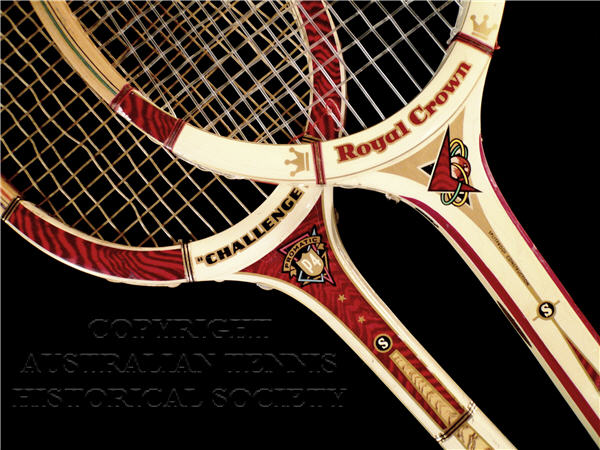
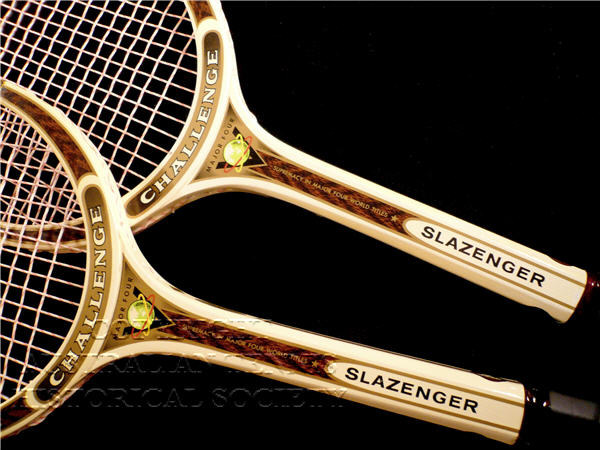


You must log in to post a comment.